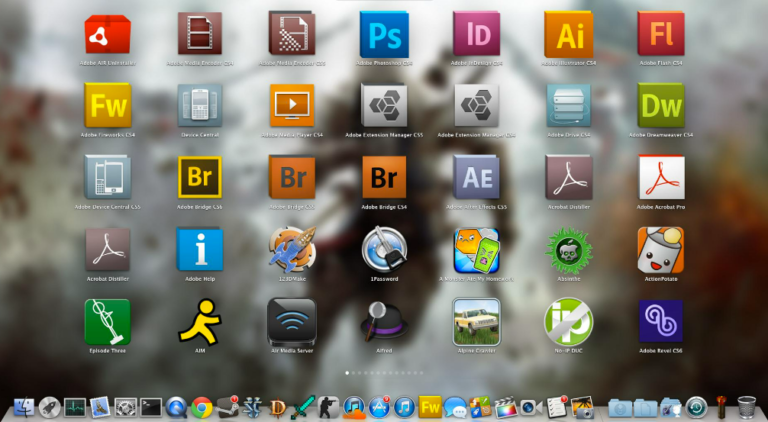Introduction:
Have you ever wondered why the keys on your keyboard are placed in such a unique way? The QWERTY keyboard, which is the standard keyboard layout used in most countries, has been in use for over a century. Despite the fact that there have been many attempts to create alternative keyboard layouts, QWERTY has remained the most popular. In this blog post, we will explore why keyboard keys are so uniquely placed.
Important Points:
- The QWERTY keyboard was designed to prevent mechanical typewriter keys from jamming.
- The layout was designed to place frequently used keys far apart to prevent jamming.
- The QWERTY layout was created in the 1870s by Christopher Sholes, a Wisconsin-based newspaper editor and printer.
FAQ’s:
What is the QWERTY keyboard layout?
The QWERTY keyboard layout is the standard keyboard layout used in most countries. It gets its name from the first six keys on the top row of letters, which are Q-W-E-R-T-Y.
Are there other keyboard layouts?
Yes, there are several alternative keyboard layouts, including Dvorak Simplified Keyboard, Colemak, and Workman.
Why is the QWERTY layout still used today?
The QWERTY layout is still used today because it is the most widely recognized and accepted keyboard layout. Additionally, most people are familiar with the QWERTY layout, so it is easier for them to type on.
Pros:
- Prevents Typewriter Jams
The QWERTY keyboard layout was designed to prevent mechanical typewriter keys from jamming, which was a common problem in the early days of typewriters.
- Familiarity
The QWERTY keyboard layout is familiar to most people, which makes it easier for them to type on. This familiarity is a major reason why QWERTY has remained the most popular keyboard layout.
- Widely Accepted
The QWERTY keyboard layout is widely accepted and recognized, which means that it is supported by most software programs and applications.
Cons:
- Inefficient
Some studies have shown that alternative keyboard layouts, such as Dvorak Simplified Keyboard, are more efficient than QWERTY.
- Poor Ergonomics
The QWERTY keyboard layout was not designed with ergonomics in mind, which can lead to discomfort and even injury with prolonged use.
- Difficult to Learn
Learning to type on a QWERTY keyboard layout can be difficult, especially for those who are used to alternative layouts.
Final Conclusion:
The placement of keyboard keys is not random, and it’s the result of years of trial and error and technological advances. The QWERTY layout was designed to prevent typewriter jams, while the Dvorak Simplified Keyboard was designed to be more efficient. Additional keys, such as function keys and media controls, provide quick access to commonly used features, but they can take up valuable space on the keyboard.
Ultimately, the choice of keyboard layout comes down to personal preference and typing needs. The QWERTY layout is the standard and is familiar to most people, while the Dvorak layout is more efficient but requires time to learn. Other layouts, such as Colemak and Workman, are also available for those looking to increase typing efficiency.
Regardless of the layout chosen, it’s important to pay attention to ergonomics and take breaks to prevent repetitive strain injuries. By understanding the history and design of keyboard keys, we can appreciate the thought and innovation that has gone into the tools we use every day.






